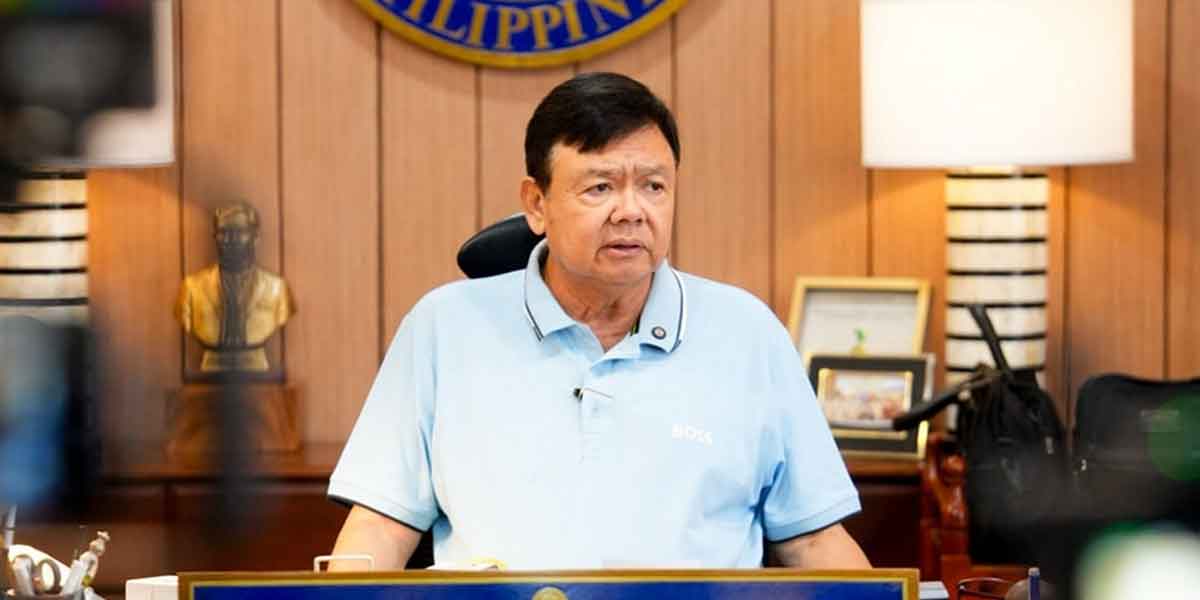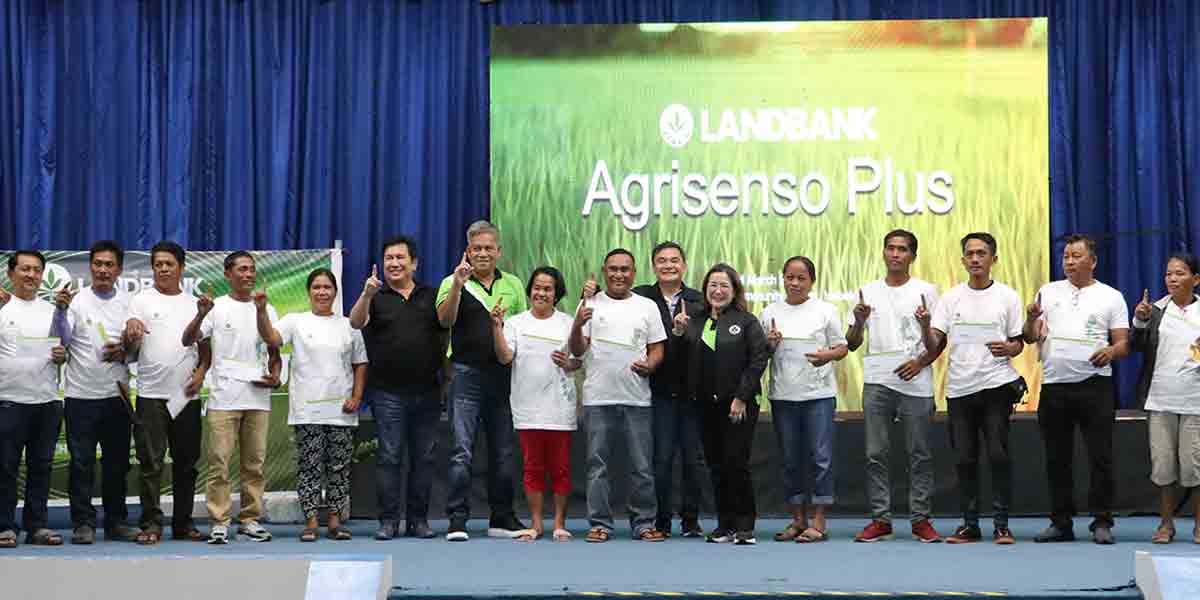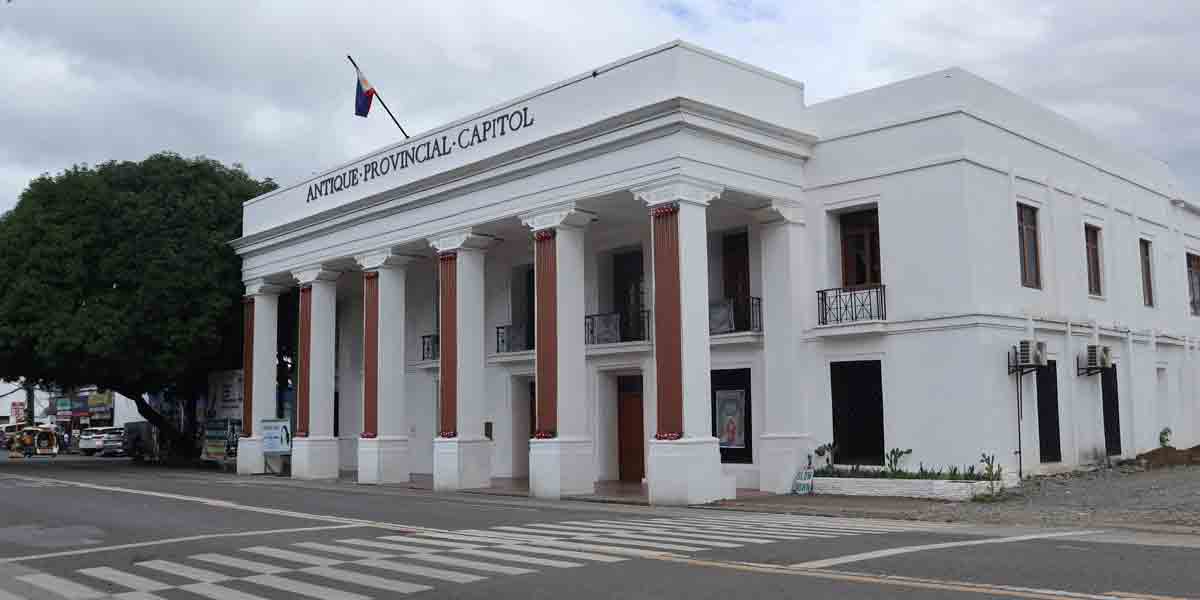By Francis Allan L. Angelo
Southeast Asia’s energy demand is expected to grow by 2.6 times between 2022 and 2050, according to the 8th ASEAN Energy Outlook (AEO8) released by the ASEAN Centre for Energy (ACE).
The report, presented at the 42nd ASEAN Ministers Energy Meeting (AMEM) in September, highlights the pressing need for coordinated regional efforts to transition to cleaner energy sources amid rising demand.
“Energy demand in 2050 is 2.6 times higher than 2022,” said ACE acting executive director Beni Suryadi.
“This rapid growth underscores the urgency for coordinated efforts among ASEAN Member States to transition towards cleaner energy sources while maintaining economic growth and addressing the region’s rising energy needs.”
AEO8, which builds on its 2022 predecessor, offers a comprehensive analysis of ASEAN’s energy landscape and projects future scenarios up to 2050.
The report aims to guide ASEAN’s energy policies, particularly as the region moves toward the final phase of the ASEAN Plan of Action for Energy Cooperation (APAEC) 2016-2025 and prepares for the next phase from 2026 to 2030.
The report introduces four strategic scenarios: the Baseline Scenario (BAS), the AMS Target Scenario (ATS), the Regional Aspiration Scenario (RAS), and the Carbon Neutrality Scenario (CNS).
Each scenario explores different pathways to meet the region’s growing energy needs while addressing energy security, sustainability, and economic growth.
The Baseline Scenario assumes no new energy efficiency or renewable energy initiatives, projecting that ASEAN will become a net importer of natural gas by 2027.
The AMS Target Scenario reflects the region’s current policies, aiming to reduce energy consumption through national policies by 33%.
The Regional Aspiration Scenario focuses on optimizing the power sector, while the Carbon Neutrality Scenario seeks to achieve net-zero emissions by 2050 through advanced low-carbon technologies.
The report also highlights significant progress made in renewable energy, with ASEAN achieving a 24.5% reduction in energy intensity by 2022 compared to 2005 levels.
However, this is still short of the 32% target set by APAEC for 2025.
Renewable energy’s share in the Total Primary Energy Supply (TPES) reached 15.6% in 2022, also falling short of the 23% target by 2025.
ASEAN’s power generation is expected to shift significantly toward renewable energy, particularly solar and wind, under the RAS and CNS scenarios.
By 2040, the region is expected to achieve near-universal electrification, with efforts underway to increase access to clean cooking technologies.
In addition to energy demand and renewable targets, AEO8 examines the socio-economic impacts of energy transitions, including job creation, greenhouse gas emissions, and land use for renewable energy projects.
The report offers key policy recommendations, including multilateral power trade, smart demand response systems, and carbon pricing to help ASEAN achieve a sustainable energy future.





















